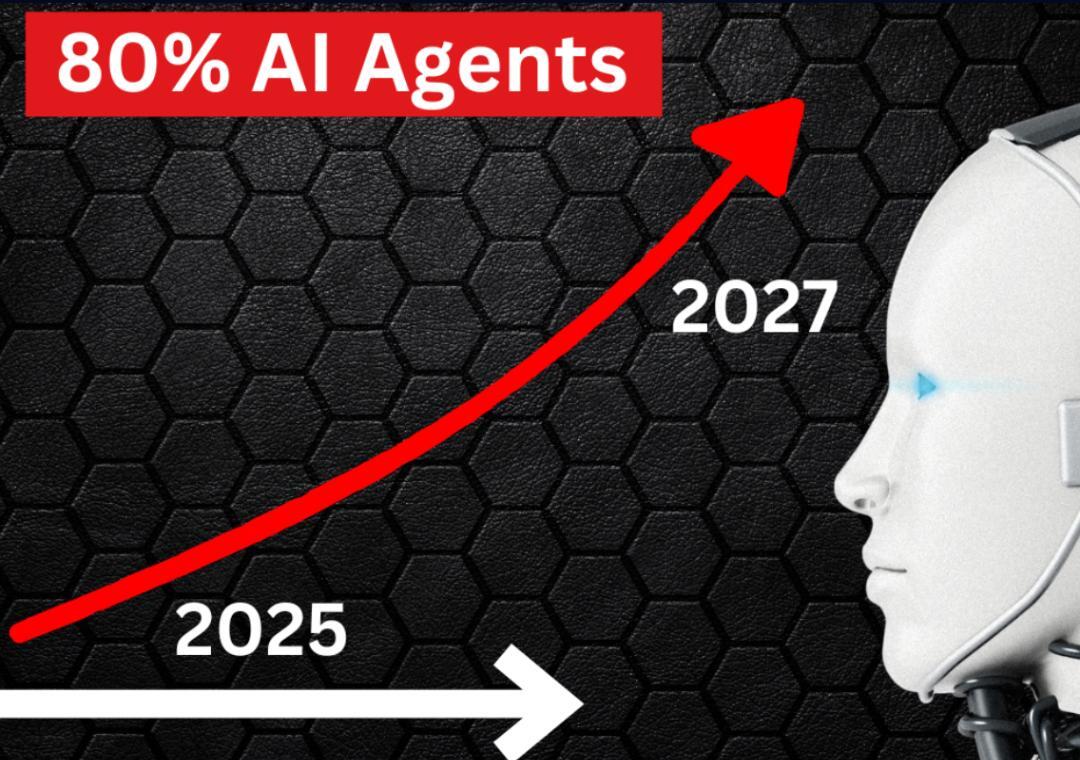
80% of Analysts’ Time Can Be Automated Now
The world of data analysis has come a long way, and today, we’re at a point where technology can automate a significant portion of the tasks that were once manual and time-consuming. According to a recent report, up to 80% of analysts’ reporting tasks can be automated using advanced AI-powered tools. This is a game-changer for businesses, as it frees up analysts to focus on high-impact creative strategy rather than getting bogged down in tedious manual work.
In this blog post, we’ll explore the benefits of automating data analysis tasks and how it can revolutionize the way businesses approach data-driven decision-making.
The Burden of Manual Data Analysis
Traditionally, data analysis has been a time-consuming and labor-intensive process. Analysts spent hours collecting and cleaning data from various sources, creating reports, and identifying trends. This manual work not only took up a significant amount of time but also led to errors, inaccuracies, and a lack of insights.
The problem is even more pronounced in today’s data-rich world, where the volume and complexity of data are increasing exponentially. Analysts are expected to extract insights from large datasets, identify patterns, and make data-driven decisions quickly. However, manual analysis is no longer a viable option, as it’s slow, inefficient, and prone to errors.
The Rise of AI-Powered Data Analysis
The advent of artificial intelligence (AI) and machine learning (ML) has changed the game for data analysis. AI-powered tools can now automate many of the manual tasks associated with data analysis, freeing up analysts to focus on high-level strategy and decision-making.
Deep Data Copilot, a newly launched AI-powered tool, is a prime example of how automation can revolutionize data analysis. This innovative tool interprets metrics, flags anomalies, and suggests next steps, allowing analysts to focus on high-impact creative strategy rather than getting bogged down in manual work.
Key Benefits of Automating Data Analysis
So, what are the key benefits of automating data analysis tasks? Here are a few:
- Increased Efficiency: Automation frees up analysts from manual tasks, allowing them to focus on higher-level analysis and decision-making.
- Improved Accuracy: AI-powered tools can process large datasets quickly and accurately, reducing errors and inaccuracies.
- Faster Insights: Automation enables analysts to extract insights from data faster, allowing for quicker decision-making and response to changing market conditions.
- Cost Savings: Automation reduces the need for manual labor, resulting in significant cost savings for businesses.
- Enhanced Collaboration: Automated data analysis tools can be shared across teams and stakeholders, improving collaboration and enabling better decision-making.
Real-World Applications of Automated Data Analysis
Automated data analysis has numerous real-world applications across various industries. Here are a few examples:
- Marketing: Automated data analysis can help marketers identify trends, track campaign performance, and optimize targeting for better ROI.
- Finance: Automated data analysis can help financial analysts identify anomalies, track portfolio performance, and make data-driven investment decisions.
- Healthcare: Automated data analysis can help healthcare professionals identify trends, track patient outcomes, and optimize resource allocation.
Conclusion
In conclusion, the days of manual data analysis are behind us. With the advent of AI-powered tools, up to 80% of analysts’ reporting tasks can be automated, freeing up analysts to focus on high-impact creative strategy. Deep Data Copilot, a newly launched AI-powered tool, is a prime example of how automation can revolutionize data analysis.
By automating data analysis tasks, businesses can improve efficiency, accuracy, and decision-making, while reducing costs and enhancing collaboration. As the world becomes increasingly data-driven, the importance of automated data analysis cannot be overstated.
Source:






